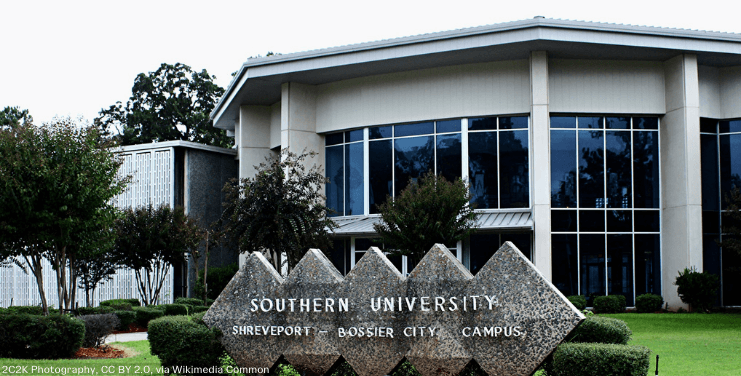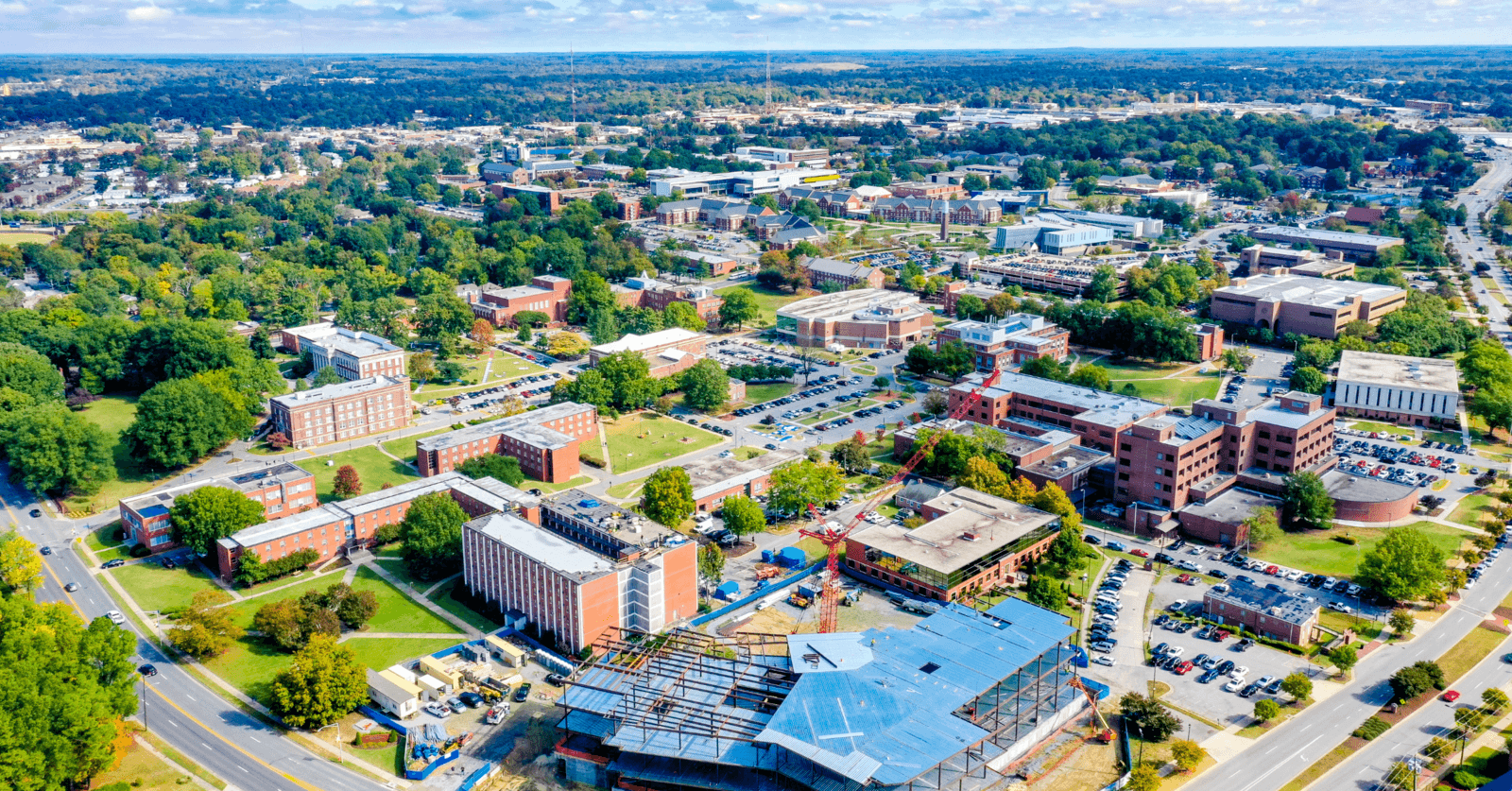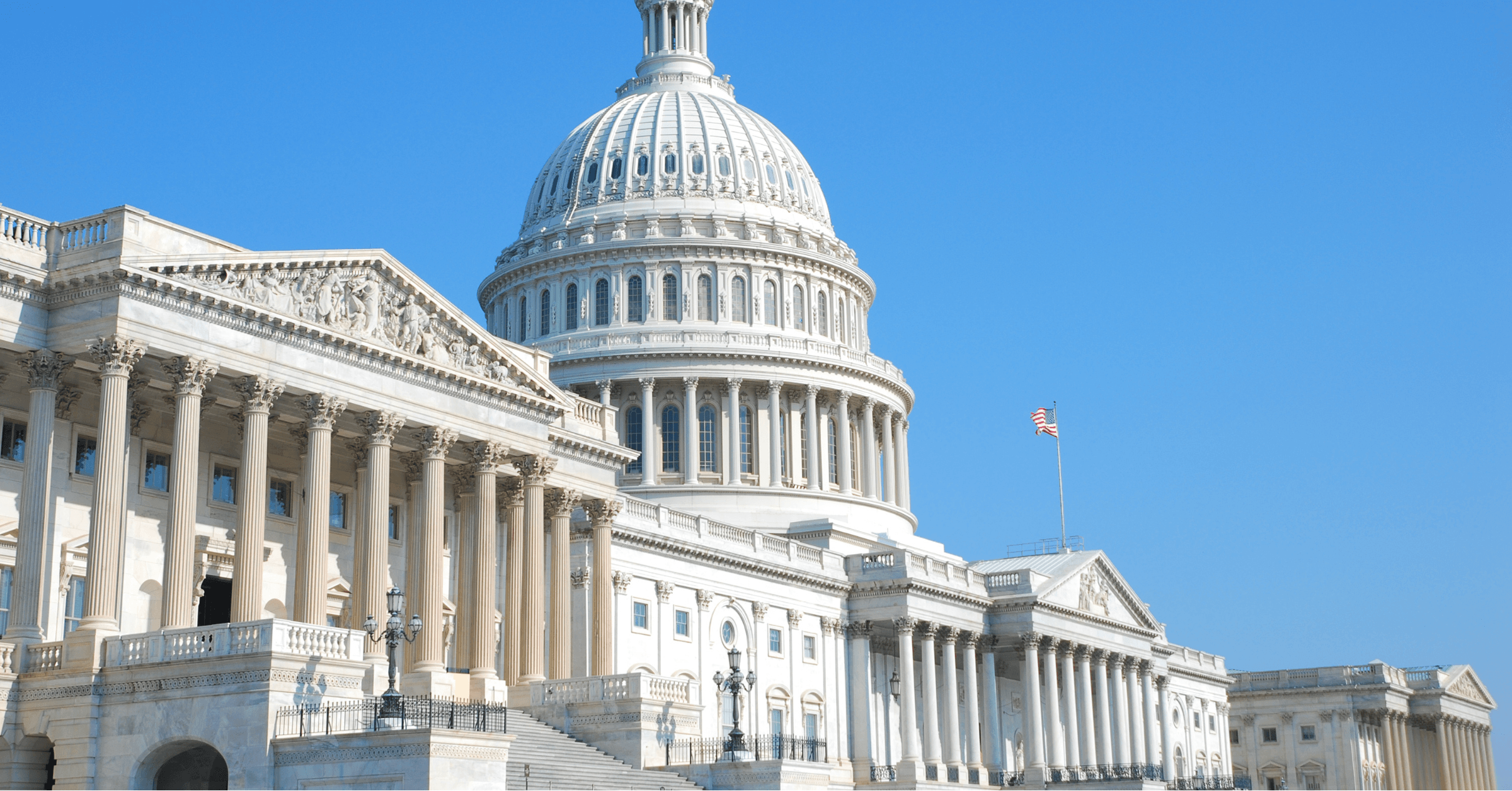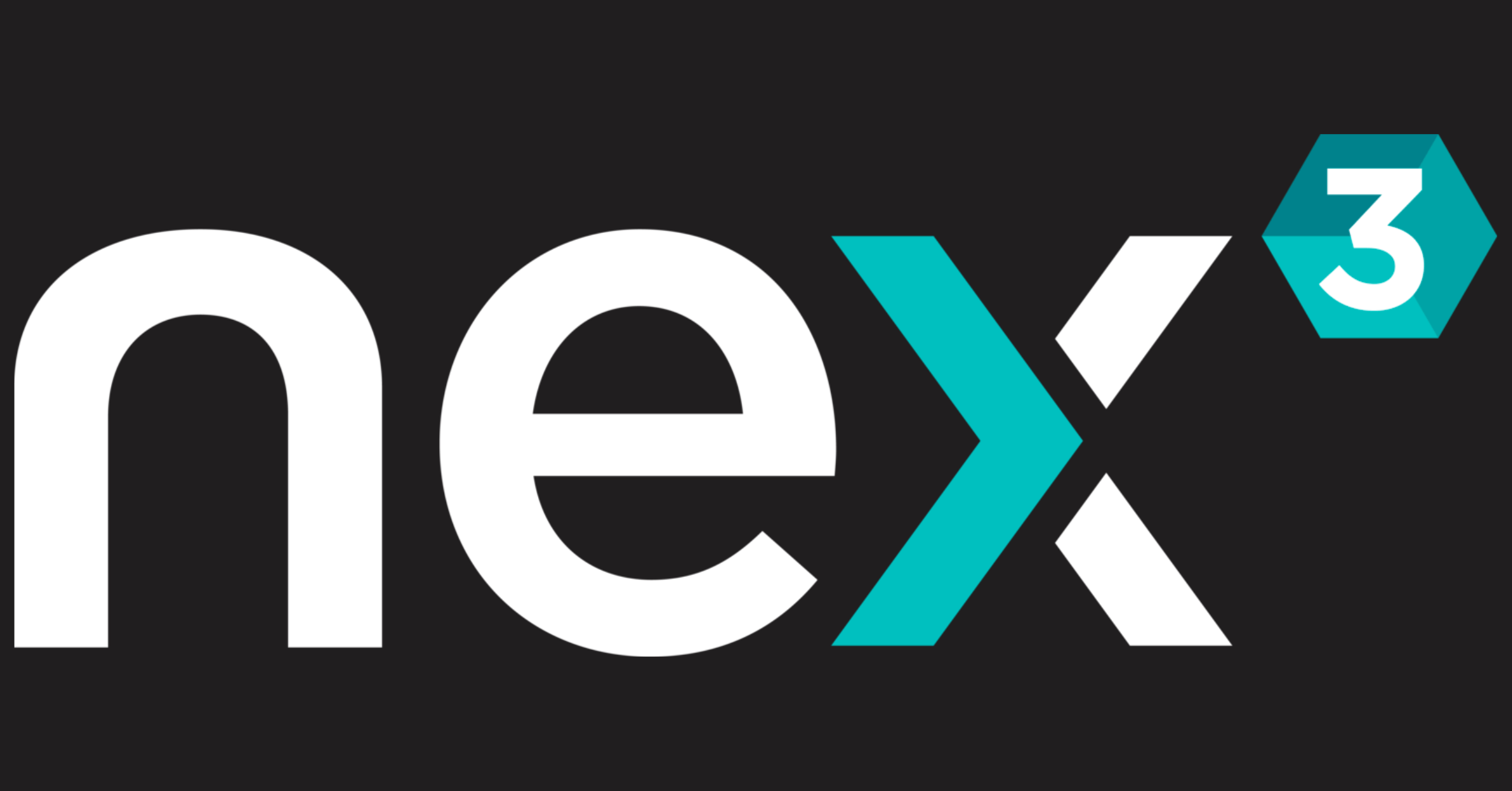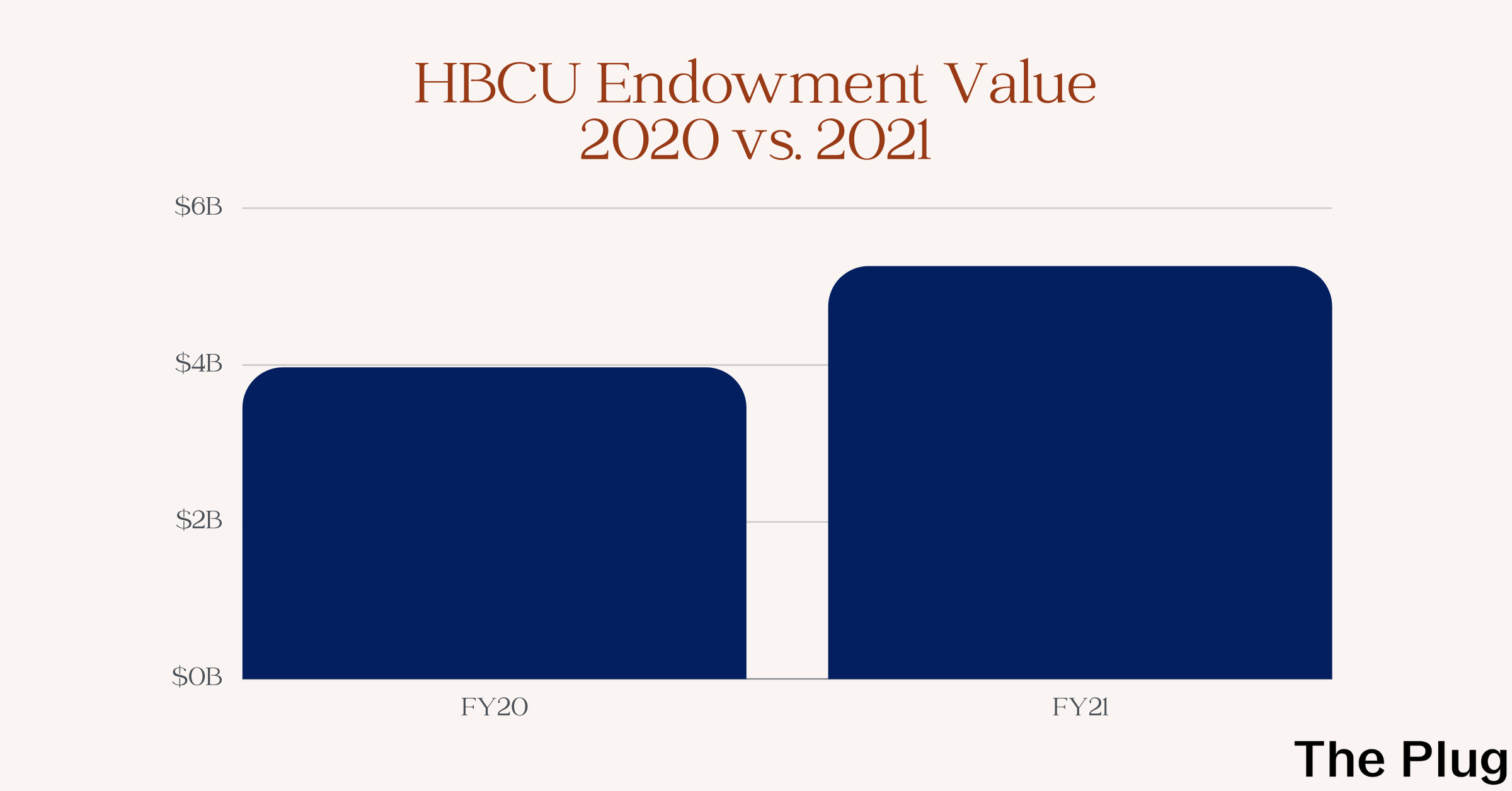Interested in getting HBCU stories straight to your inbox? SIGN UP for our executive HBCU newsletter to make sure you get exclusive videos, news and analysis in your inbox every Wednesday morning.
KEY INSIGHTS
- Eight of the 22 community colleges in a first-of-its-kind national network are Historically Black community colleges.
- Of the $1.5 million, $350,000 will go in a general fund for the schools to use on things like software or professional development for their teams.
- On average, community colleges receive nearly $9,000 less per student than four-year institutions.
Twenty-two Predominantly Black community colleges (PBCCs) and Historically Black community colleges (HBCCs) have joined together in a first-of-its-kind national network aimed at improving their programs in order to grow career and economic outcomes for students.
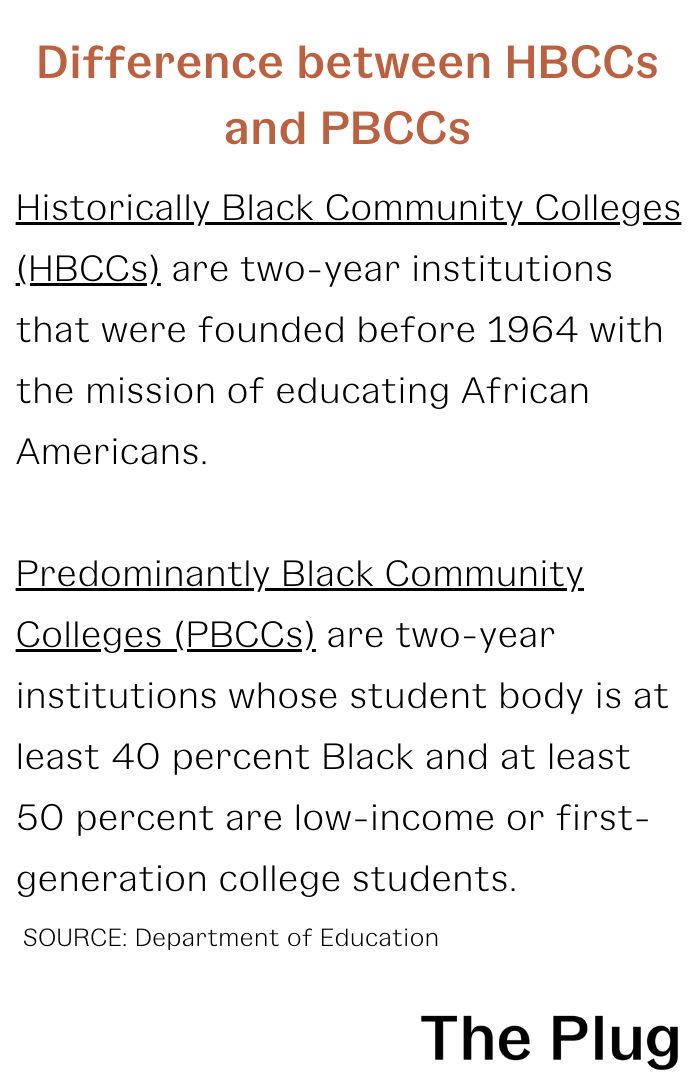
The initiative, announced Thursday, is spearheaded by Complete College America, a non-profit that works to increase higher education completion rates, and is backed by $1.5 million in grants from the Lumina Foundation and the Annie E. Casey Foundation.
“I fear over the next five or ten years, especially post-pandemic, not just in this sector but also across all institutions, there are going to be more consolidations, there are going to be more closures of institutions because the market is just not sustainable in terms of the outcomes,” Yolanda Watson Spiva, President of Complete College America, told The Plug.
“We don’t want this set of institutions to be a victim of what we believe is a zeitgeist that is going to happen in the future,” Watson Spiva said.
In order to prevent potential closures, this new network of PBCCs and HBCCs will work through at least summer 2023 to implement some best practices to get the schools to a more sustainable place. They will also be sharing learnings across the network to mutually build up their capacity so that, as Watson Spiva puts it, the institutions move from just surviving to thriving.
Of the 22 schools in the network, eight are HBCCs:
- Bishop State Community College
- Denmark Technical College
- Gadsden State Community College
- H Councill Trenholm State Community College
- J. F. Drake State Community and Technical College
- Lawson State Community College
- Shelton State Community College
- Southern University at Shreveport
In fall 2020, 18,590, about seven percent of all HBCU students, were enrolled at the eight HBCCs that are part of this initiative, according to an analysis by The Plug of data from the National Center for Education Statistics. They are all public institutions and are typically funded by state and local appropriations, federal student aid and scholarships, tuition and fees, and other revenue sources.
Nearly a quarter of the $1.5 million for the initiative will go to a central fund for all 22 schools to share, and it will cover school-specific needs like software or professional development for their teams.
The rest of the money will go towards putting together policy initiatives to support the schools’ strategies, coaches to mentor and help the schools facilitate new plans, bringing the cohort together in person and more. It is unclear if each school will be allotted a set amount of funding.
In general, community colleges receive $8,800 less per student enrolled than four-year institutions, according to an analysis by the Center for American Progress. Despite that, community colleges are integral parts of upskilling people for the future of work.
“Individuals are looking to earn credentials immediately that have value, that have currency in the marketplace,” Watson Spiva explained.
“People don’t have four years to wait and a baccalaureate degree sometimes can be considered a luxury. We really don’t have the time for people to wait while they’re deferring earnings, deferring being able to buy a home or provide for their children,” she added.
HBCUs are often drivers of upward economic mobility. Research by the American Council on Education found that HBCUs move twice as many low-income students to the top income brackets than predominantly white institutions. The New York Times’ economic mobility ranking also found almost half of the top 20 public colleges are HBCUs.
It’s these benefits and assets that Watson Spiva wants more people to talk about.
“One of the things we also are hoping to shift the narrative on is that HBCUs, HBCCs, PBCCs are in need of help and they’re stranded on an island, and they just need help,” Watson Spiva said.
“They have been under-resourced for many many years. But I want to shift the deficit-based language to ‘they’re also a treasure trove of talent with lots of innovation happening.’”

